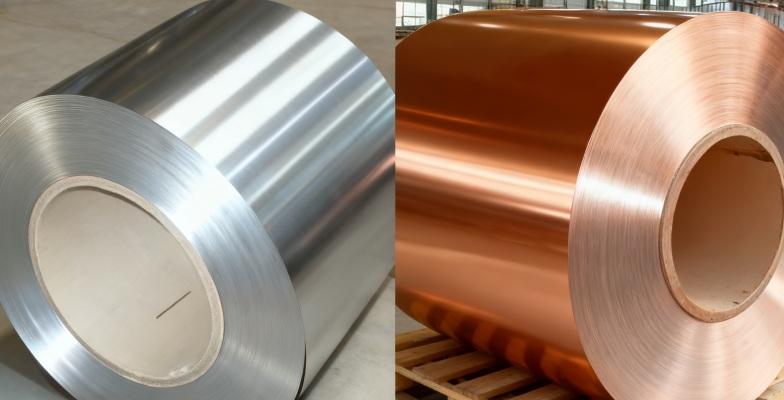When choosing coils for HVAC (Heating, Ventilation, and Air Conditioning) systems, aluminum and copper are the two most common materials—each with unique strengths that impact performance, cost, and long-term use. To answer whether aluminum coils are “better” than copper ones, we need to compare them across key factors that matter for HVAC functionality and user needs.
1. Thermal Conductivity: Copper Leads in Heat Transfer
Thermal conductivity (the ability to transfer heat) is critical for HVAC coils, as it directly affects how efficiently the system cools or heats air.
Copper has long been praised for its exceptional thermal conductivity—around 401 W/m·K (watts per meter-kelvin), far higher than aluminum’s 237 W/m·K. This means copper coils can absorb and release heat faster, allowing the HVAC system to reach desired temperatures more quickly. For systems where maximum efficiency is a top priority (e.g., commercial buildings or homes in extreme climates), copper’s superior heat transfer gives it an edge.
Aluminum, while less conductive, narrows the gap with modern design tweaks—such as thicker coil fins or optimized surface areas. These adjustments help aluminum coils perform adequately for most residential HVAC needs, though they may require slightly more energy to match copper’s speed.
2. Cost: Aluminum Offers Clear Affordability
Cost is a major factor for both HVAC manufacturers and homeowners, and here aluminum coils stand out.
Aluminum is significantly cheaper than copper—raw material costs for aluminum are often 30-50% lower, and this savings translates directly to coil pricing. For budget-conscious buyers or large-scale projects (like multi-unit apartments), aluminum coils can reduce overall HVAC system costs without sacrificing basic functionality.
Copper’s higher cost stems from its scarcity and high demand in industries like electronics and plumbing. While it offers long-term value, the upfront expense can be a barrier for those working within tight budgets.
3. Durability & Corrosion Resistance: A Close Match With Proper Care
Durability and resistance to corrosion (from moisture or HVAC refrigerants) determine how long coils last.
Copper is naturally corrosion-resistant—its surface forms a thin protective layer that prevents rusting, even in humid environments. It also holds up well against common HVAC refrigerants, with a typical lifespan of 15-20 years (or longer with regular maintenance).
Aluminum is prone to oxidation (forming a white, powdery layer) when exposed to moisture, but modern aluminum coils solve this with protective coatings (e.g., epoxy or zinc). Coated aluminum coils can last 10-15 years—slightly less than copper, but still sufficient for most residential HVAC systems. The key is proper maintenance: keeping coils clean and ensuring the HVAC system’s refrigerant levels are balanced to avoid premature corrosion.
4. Weight & Installation: Aluminum Is Easier to Handle
Weight impacts installation difficulty and transportation costs.
Aluminum is much lighter than copper—about 1/3 the weight of copper for the same volume. This makes aluminum coils easier to carry, lift, and install, especially for HVAC technicians working in tight spaces (like attics or crawl spaces). Lighter coils also reduce stress on the HVAC system’s fan and housing, potentially extending the system’s overall lifespan.
Copper coils are heavier, requiring more labor and sometimes additional support during installation. This can increase installation time and costs, though experienced technicians can manage it effectively.
Which Is Better? It Depends on Your Priorities
There’s no one-size-fits-all answer:
- Choose copper coils if you prioritize maximum efficiency, long lifespan, and don’t mind a higher upfront cost (ideal for commercial spaces, extreme climates, or homeowners planning to keep the HVAC system for 20+ years).
- Choose aluminum coils if you’re budget-focused, need an easy-to-install option for a residential system, and are willing to perform regular maintenance to extend lifespan (ideal for small homes, rental properties, or short-to-medium-term use).
Both materials work well in modern HVAC systems—your choice should align with your budget, climate, and long-term goals for the system.

